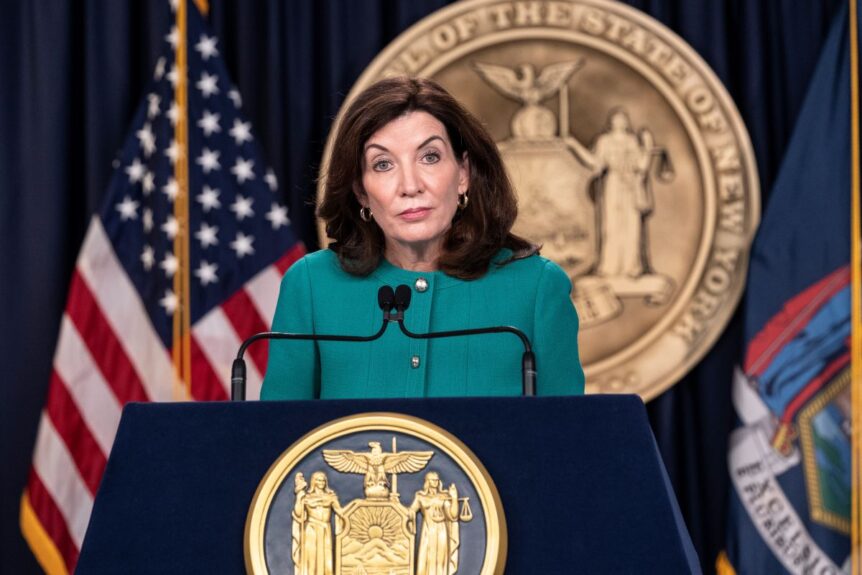New York is way off target when it comes to transitioning to green energy. Here are the details.
The Empire State’s Green Dream Turns Nightmare

Image Credit: Shutterstock / fizkes
New York is in big trouble. According to a recent report from Governor Kathy Hochul’s office, the state is nowhere near close to achieving its climate targets – which were set by the Climate Leadership and Community Protection Act (CLCPA).
Missing the Mark

Image Credit: Shutterstock / Pressmaster
It’s looking like the Empire State won’t meet the majority of its lofty goals, mainly because of skyrocketing energy costs and the cancellation of several clean energy projects.
A Fading Hope

Image Credit: Shutterstock / Summit Art Creations
Many will remember that New York set a goal of 70% renewable electricity by 2030. Well, you can forget about that – Governor Hochul’s review paints a pretty bleak picture.
A Wake-Up Call for the Big Apple

Image Credit: Shutterstock / Salivanchuk Semen
“We hope that this is kind of a wake-up call for the state,” said Patrick McClellan from environmental group the New York League of Conservation Voters.
The Renewable Reality Check
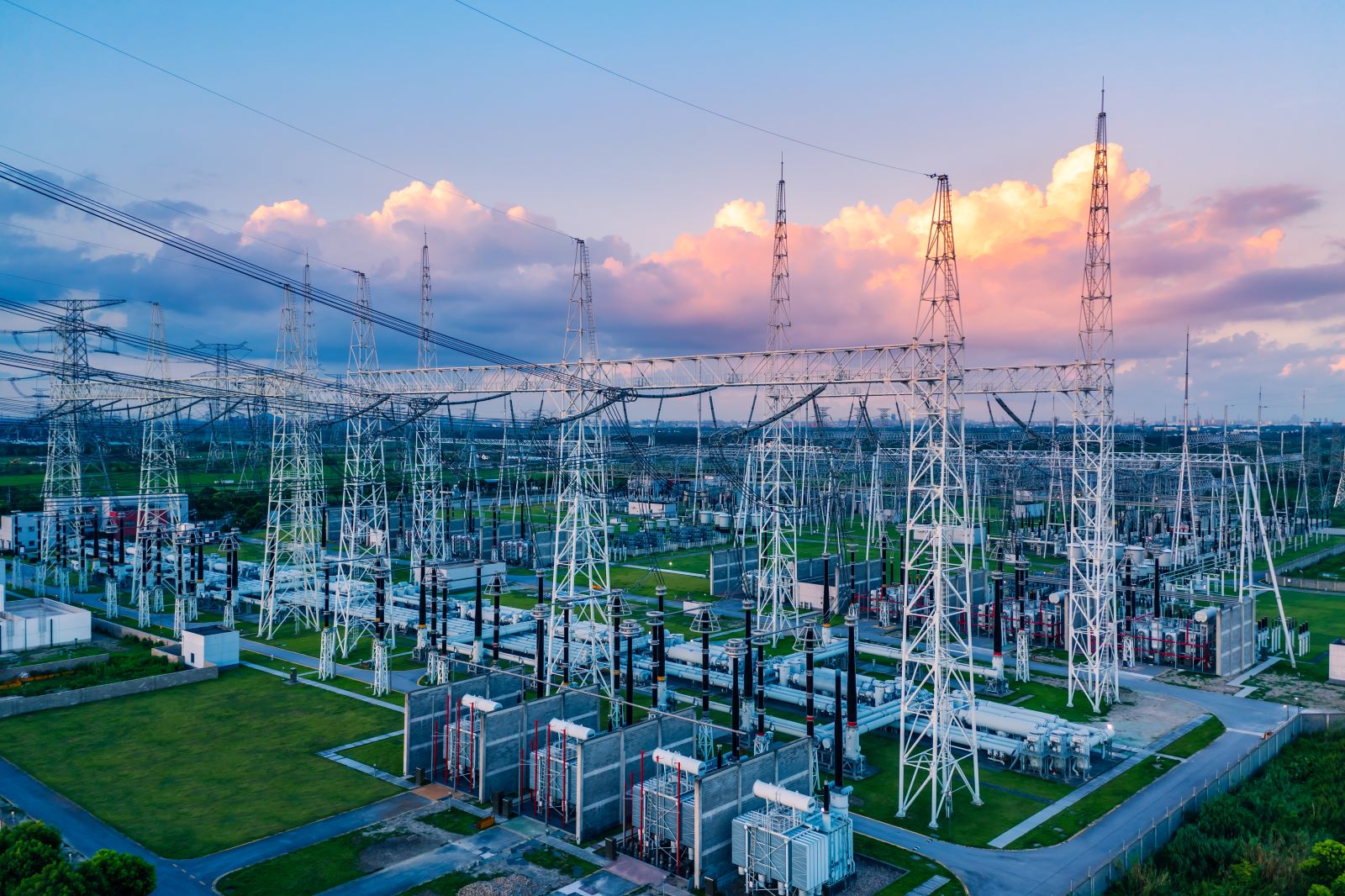
Image Credit: Shutterstock / ABCDstock
Right now, less than 30% of New York’s electricity comes from renewable sources. This is four years after the CLCPA was passed and only seven years away from the 2030 deadline.
Energy Prices Soar

Image Credit: Shutterstock / Andrii Yalanskyi
But why is New York struggling so badly? Basically, it’s because energy prices have shot up by a massive 29.4% between January 2021 and March 2024. Compare that to just a 4.0% rise during the previous four years under the Trump administration, and it’s clear why progress has stalled.
When It Rains, It Pours

Image Credit: Shutterstock / Nuttapong punna
It seems like everything’s going wrong all at once. The crazy high costs have led regulators to refuse subsidies for new renewable projects. This has already led to the termination of two major offshore wind contracts in January. Plus, the state failed to finalize agreements with three other developers due to financial concerns.
2040 and 2050 Goals On The Backburner

Image Credit: Shutterstock / PeopleImages.com – Yuri A
These slip-ups are a huge problem for New York’s other CLCPA goals, like hitting zero-emissions electricity by 2040 and net-zero emissions by 2050.
Hochul’s Hope

Image Credit: Shutterstock / lev radin
Despite all the setbacks, Governor Hochul is remaining optimistic. She told Bloomberg, “We’re going to get to our goals, but [if] they miss it by a couple of years, which is probably what will happen, the goals are still worthy.”
Senator Krueger Fires Back
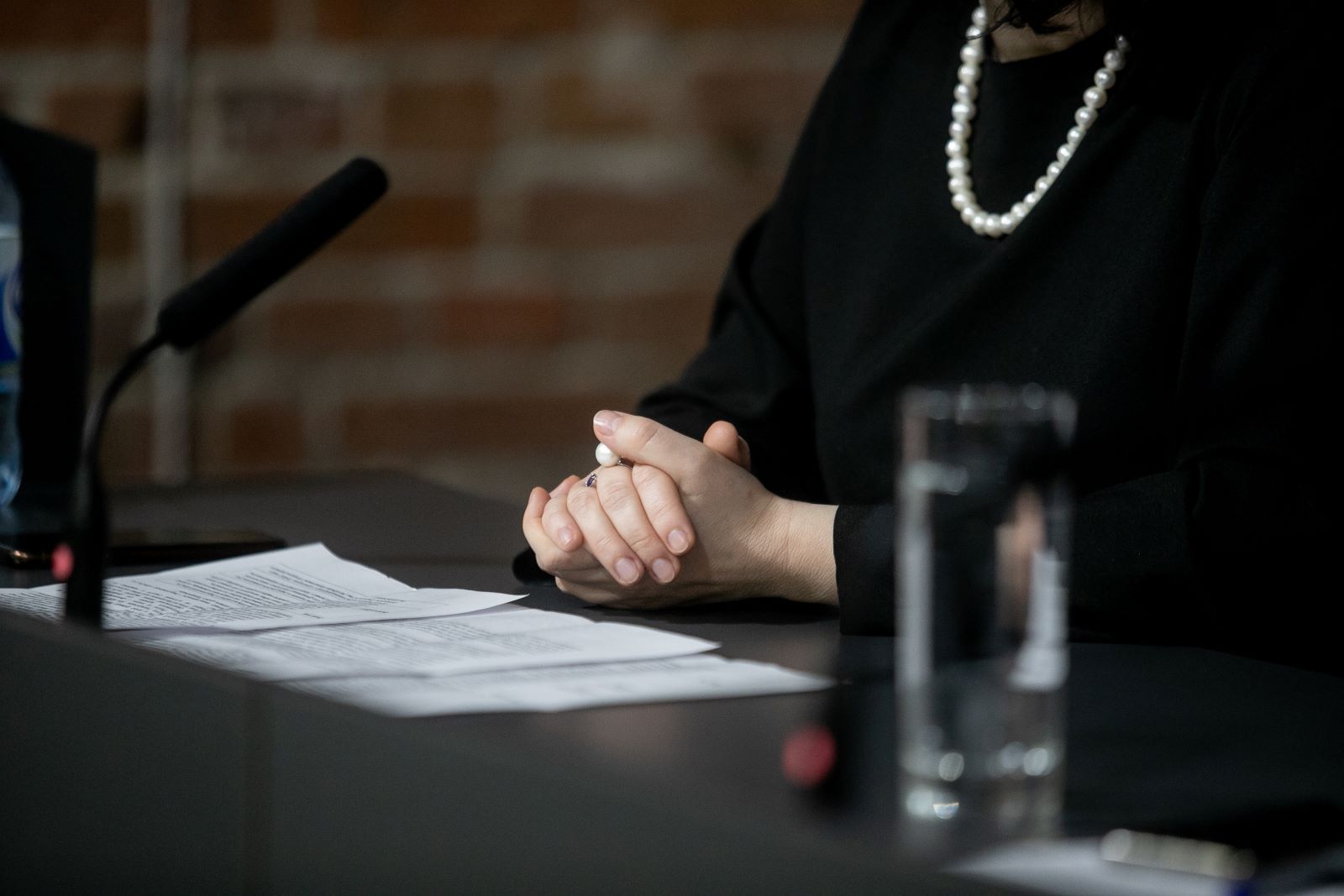
Image Credit: Shutterstock / Salivanchuk Semen
Hochul’s optimism isn’t doing anything to help the underlying problems, and it’s outraged State Senator Liz Krueger, who said, “The passage of time does not change the law and it doesn’t make the climate crisis magically disappear. We are dangerously behind on the science-based mandates in CLCPA. It’s time to redouble our efforts, and build a more affordable, healthier, livable future for New Yorkers.”
PSC Under Fire
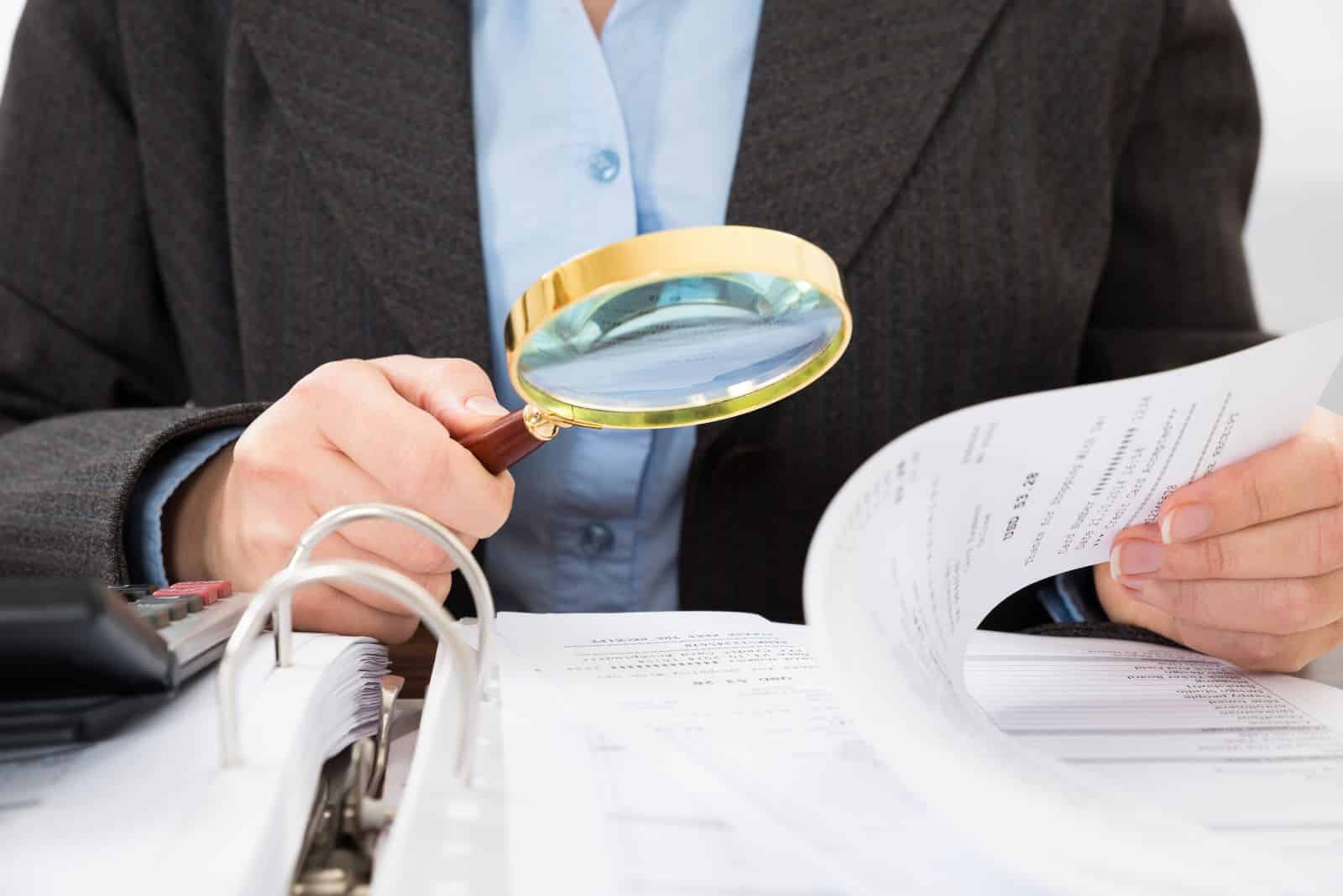
Image Credit: Shutterstock / Andrey_Popov
Adding fuel to the fire, a new audit by the State Comptroller’s Office has slammed the Public Service Commission (PSC) for not doing enough to help New York meet its clean energy targets and for not having a backup plan if those targets are missed.
Audit Accusations

Image Credit: Shutterstock / Krakenimages.com
The audit accuses the PSC of relying too much on fossil fuels as a fallback – a strategy they think is both risky and harmful to the environment.
PSC’s Missteps Exposed

Image Credit: Shutterstock / David Gyung
The PSC is supposed to be the watchdog for utility companies, but some serious issues were revealed in the audit. The PSC has been using outdated data and incorrect calculations, which are failing to account for canceled or delayed clean energy projects.
Slowing State Progress

Image Credit: Shutterstock / smolaw
Between 2005 and 2023, 12% of large-scale renewable projects were scrapped, putting a major dent in progress.
Tracking Clean Energy with Outdated Data

Image Credit: Shutterstock / fizkes
The audit found that the spreadsheet the PSC uses to track clean energy progress didn’t have the latest information on future electricity needs as New York shifts away from fossil fuels.
The Devil’s in the Details

Image Credit: Shutterstock / PanuShot
Brandon Ogden, an audit manager at the State Comptroller’s Office, pointed out, “As time went on, they didn’t update some of that necessary information which is essential to identifying how close they are to meeting [the state’s climate] goals.”
Who’s Footing the Bill?

Image Credit: Shutterstock / SFIO CRACHO
The audit found that the PSC had not properly estimated the costs involved or identified alternative funding sources, which is placing an unfair burden on consumers. Unpredictable events like COVID-19, inflation, and supply chain disruptions have further muddled cost projections.
PSC Pushes Back

Image Credit: Shutterstock / Juice Flair
Despite the criticisms, the PSC claims they’ve been doing well. They say they’ve spent $5 billion in transmission investments and new renewable energy projects, all in tough market conditions. “Much of this work appears to have been discounted in the [Comptroller’s] report,” a PSC spokesperson said.
Coast to Coast Climate Struggles

Image Credit: Shutterstock / Inside Creative House
New York isn’t the only city struggling to adapt – California is also way off-target. A recent study found that California will need to cut its carbon emissions three times faster to hit its 2030 goal.
Oil Dumping Scandal Rocks Ships Heading to New Orleans

Image Credit: Shutterstock / Aerial-motion
Two shipping companies have been fined after knowingly hiding a large oil spill in the Atlantic Ocean. Oil Dumping Scandal Rocks Ships Heading to New Orleans
20 Eye-Opening Realities Facing Retiring Baby Boomers

Image Credit: Shutterstock / Jack Frog
As Baby Boomers approach retirement, the promise of leisure and security often seems unattainable. This generation faces unique challenges that could redefine retirement. Here’s a stark look at the realities shaping their outlook. 20 Eye-Opening Realities Facing Retiring Baby Boomers
Retail Apocalypse: Massive Closures Sweep Across U.S. Brands
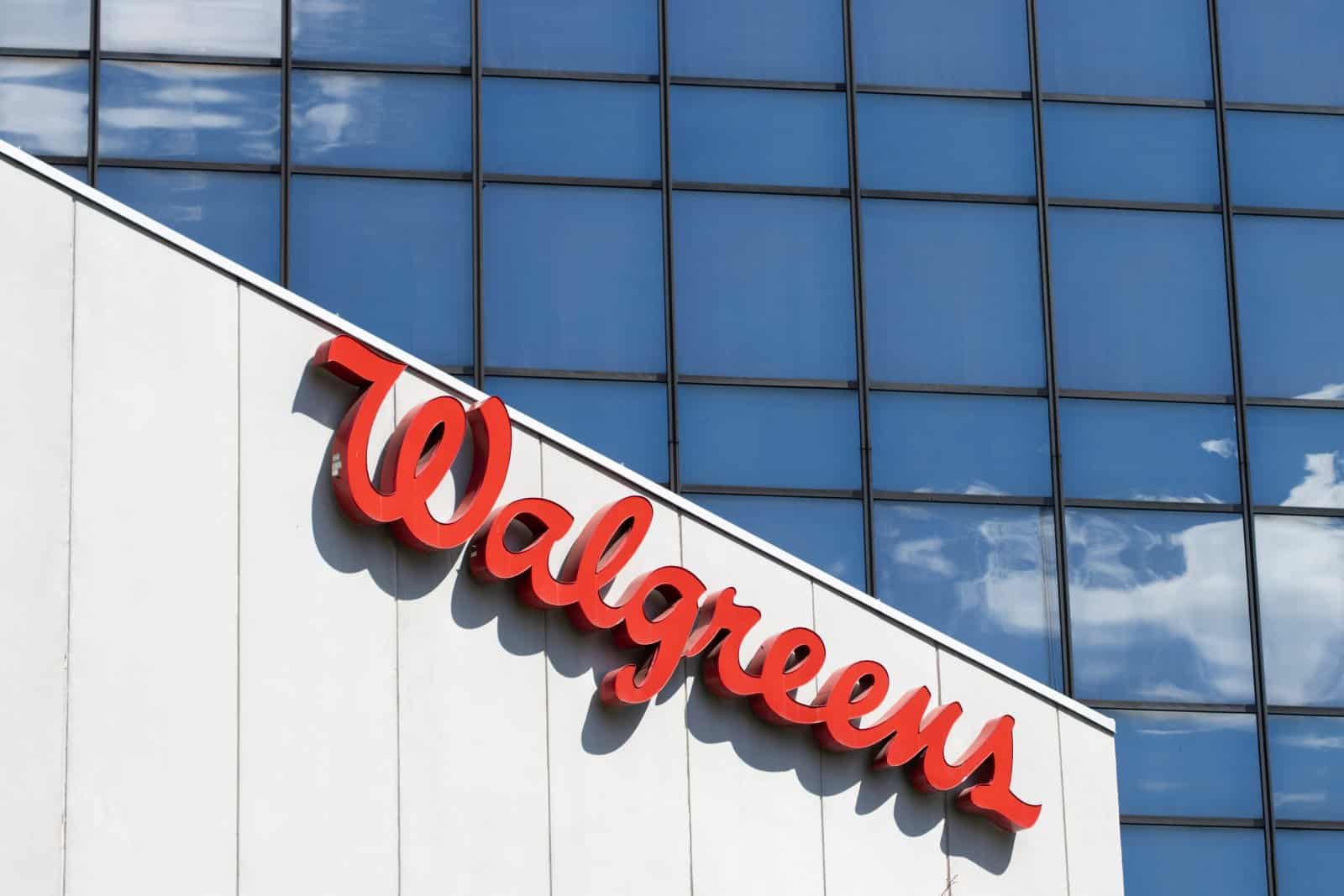
Image Credit: Shutterstock / Tada Images
Stores across the U.S. are closing at unprecedented levels, according to new research from advisory firm Coresight Research. Read on for more information about the impact this could have on you and your communities. Retail Apocalypse: Massive Closures Sweep Across U.S. Brands
Featured Image Credit: Shutterstock / lev radin.

